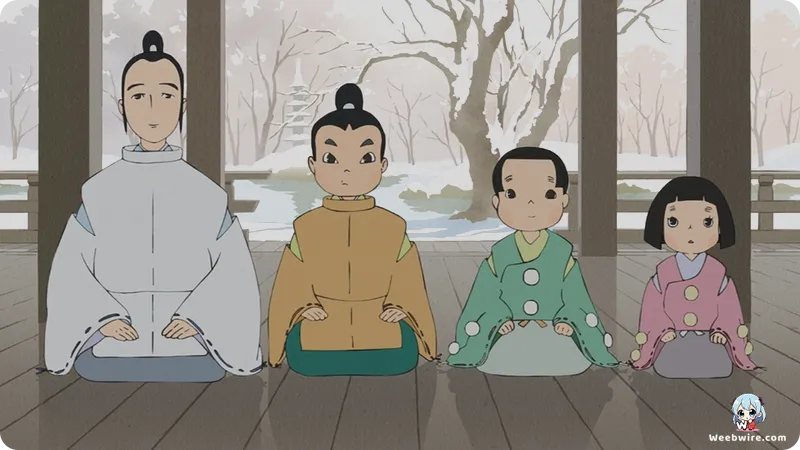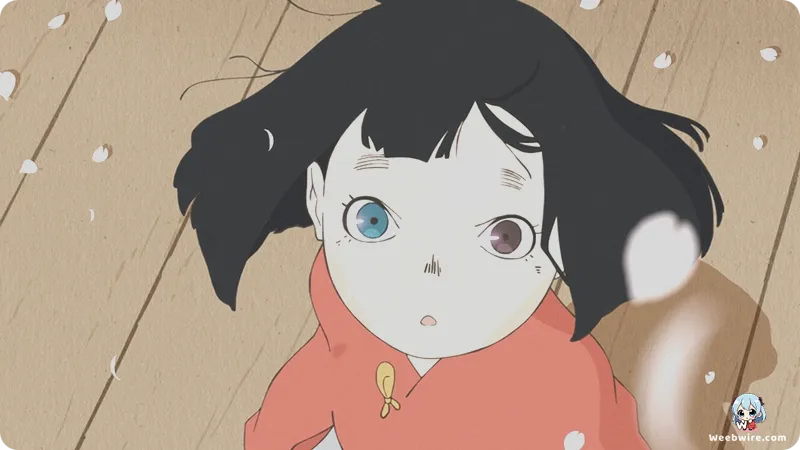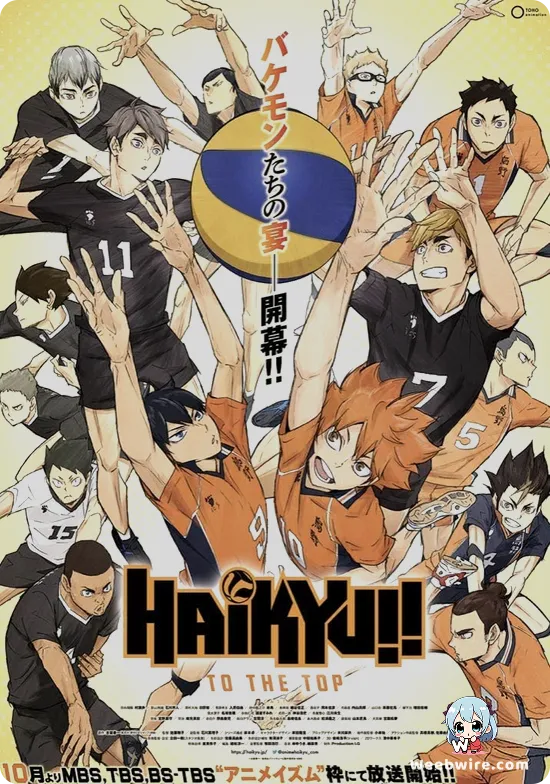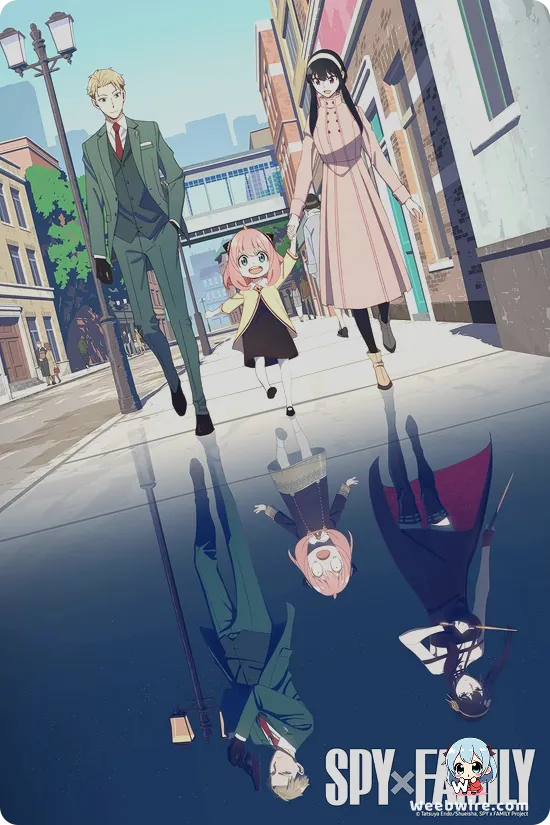Beyond the Biwa: 'The Heike Story' Anime's Revolutionary Take on Japan's Legendary Epic

"The Heike Story" presents a significant anime adaptation of "The Tale of the Heike," a monumental Japanese literary epic. This series goes beyond a simple retelling, skillfully combining innovative storytelling, visionary direction, and distinctive animation to create an emotionally impactful journey through a crucial period of Japanese history. It is considered an essential viewing for those interested in historical drama and artistic innovation.
The narrative immerses viewers in the turbulent Genpei War (1180-1185), detailing the dramatic ascent and tragic downfall of the influential Taira (Heike) clan. While the original epic, traditionally recited by blind biwa hoshi, is deeply rooted in the Buddhist concept of mujo (impermanence), the anime adopts a contemporary approach. It draws extensively from Hideo Furukawa's acclaimed 2016 translation, offering an accessible yet profoundly melancholic interpretation.
A notable creative addition is the character of Biwa, who is entirely original to the anime. Unlike the traditional epic, which lacks a central, precognitive narrator, Biwa is a young girl whose heterochromatic eyes allow her glimpses into the future. She serves as a poignant observer and chronicler of the Heike's predetermined fate. Her youthful, outsider perspective provides an intimate, human viewpoint, transforming the historical account into a deeply personal journey as she foresees impending doom but is unable to prevent it.
Directed by Naoko Yamada, known for emotionally rich films such as "A Silent Voice," the series incorporates her signature style. Yamada emphasizes subtle character gestures, intricate emotional landscapes, and an evocative atmosphere. Her focus on intimate reflections and character interactions, rather than extensive battle scenes, illuminates the quiet despair of the Heike's decline. Her artistic philosophy, which highlights internal struggles and the transient nature of life, aligns effectively with the epic's theme of impermanence, offering an introspective view of historical events.

Complementing this vision is the distinct animation by Science SARU, a studio recognized for its fluid, experimental works like "Devilman Crybaby." Science SARU revitalizes this ancient tale with fresh energy through expressive character designs by Takashi Kojima and vibrant, often simplified backgrounds. This dynamic visual approach highlights emotional states and thematic elements, resulting in a visually striking and emotionally powerful experience that seamlessly integrates traditional narrative with contemporary animation techniques.
Kensuke Ushio, a frequent collaborator with Yamada, provides an evocative musical score that is integral to the anime's emotional impact. Incorporating traditional Japanese instruments, particularly the biwa, Ushio's compositions actively contribute to the storytelling, echoing the epic's melancholic tones and intensifying the sense of impending tragedy. The soundscape itself becomes a narrative element, weaving a tapestry of sorrow and beauty that resonates deeply with the core themes.
"The Heike Story" is a successful example of creative adaptation. Through its original character, the acclaimed director's vision, distinctive animation, and poignant musical score, the anime transcends a simple retelling. It emerges as a profound reflection on history, fate, and the enduring human spirit, offering a fresh and deeply moving perspective on a timeless narrative, thereby solidifying its position as a significant artistic achievement.
Credits
The Heike Story
Author
Hideo Furukawa (modern retelling), Anonymous (original 'The Tale of the Heike')
Cover Art
Takashi Kojima
Studio
Science SARU
Publisher
Kawade Shobo Shinsha (for Furukawa's retelling)
Producers





